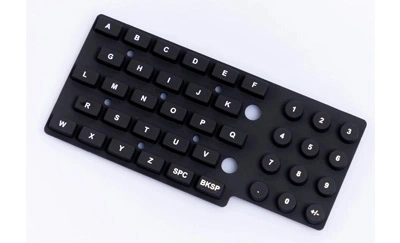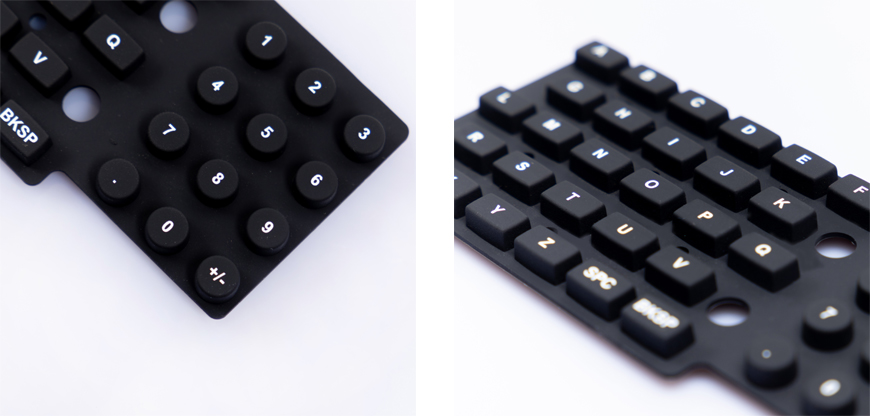
In today's rapidly evolving technological landscape, interface design and user experience play a pivotal role in the success of any electronic device. One critical component that aids in achieving user-friendly interactions is the latching membrane switch. This comprehensive guide will walk you through everything you need to know about latching membrane switches, from their fundamentals to their applications and advantages.

Introduction
What is a Latching Membrane Switch?
How Does a Latching Membrane Switch Work?
Advantages of Latching Membrane Switches
Applications of Latching Membrane Switches
Design Considerations
Customization Options
Comparing Latching Membrane Switches to Traditional Switches
Maintenance and Care
Quality Assurance in Membrane Switches
Cost Considerations
Future Trends in Membrane Switch Technology
Conclusion
FAQs
Latching membrane switches are a crucial component in modern electronic devices. They provide a reliable and user-friendly interface for users to interact with various equipment. In this article, we will delve into the intricacies of latching membrane switches, starting with the basics.
A latching membrane switch is a type of user interface that utilizes flexible, thin layers of materials to create electrical circuits. Unlike traditional switches that rely on physical buttons or toggles, membrane switches use pressure-sensitive layers to register input.
The operation of a latching membrane switch involves pressing the overlay to make contact with the lower circuit layers, completing an electrical circuit. Unlike non-latching switches, these switches maintain their state even after the user releases pressure, making them ideal for applications where constant input is needed.
Latching membrane switches offer several advantages, including durability, resistance to environmental factors, and cost-effectiveness. Their ability to maintain a set state is particularly beneficial in certain applications.
These switches find widespread use in various industries, including medical devices, industrial equipment, automotive controls, and consumer electronics. Their versatility makes them a popular choice for designers and engineers.
Designing a latching membrane switch requires careful consideration of factors such as layout, materials, and aesthetics. A well-designed switch enhances the user experience and ensures reliability.
Manufacturers offer a range of customization options for latching membrane switches, including graphic overlays, tactile feedback, and backlighting. This allows designers to tailor the switch to the specific needs of their product.
In this section, we will compare latching membrane switches to traditional switches, highlighting the unique advantages and disadvantages of each.
Proper maintenance and care can significantly extend the lifespan of latching membrane switches. Learn how to keep your switches in optimal condition for years of trouble-free operation.
Quality control is vital in membrane switch manufacturing. Discover the standards and tests that ensure your switches meet the required performance criteria.
Cost is a crucial factor in any design project. We'll explore the cost considerations associated with using latching membrane switches and how they compare to other input methods.
As technology advances, so does membrane switch technology. Stay informed about the latest trends and innovations in this field.
Latching membrane switches have revolutionized user interface design in electronic devices. Their durability, versatility, and cost-effectiveness make them a top choice for engineers and designers. By understanding their operation and customization options, you can leverage these switches to enhance your product's user experience.
Are latching membrane switches waterproof?
Latching membrane switches can be designed to be waterproof, making them suitable for outdoor and harsh environments.
Can I get custom graphics on my membrane switch?
Yes, many manufacturers offer custom graphic overlays for membrane switches, allowing you to add branding or specific designs.
Do latching membrane switches require specialized maintenance?
While they are durable, latching membrane switches should be kept clean and free of debris for optimal performance.
Are latching membrane switches more expensive than traditional switches?
The cost of latching membrane switches varies depending on customization and quantity. In some cases, they can be more cost-effective than traditional switches.
What are the key factors to consider when designing a latching membrane switch?
Key factors include layout, materials, aesthetics, and user requirements.